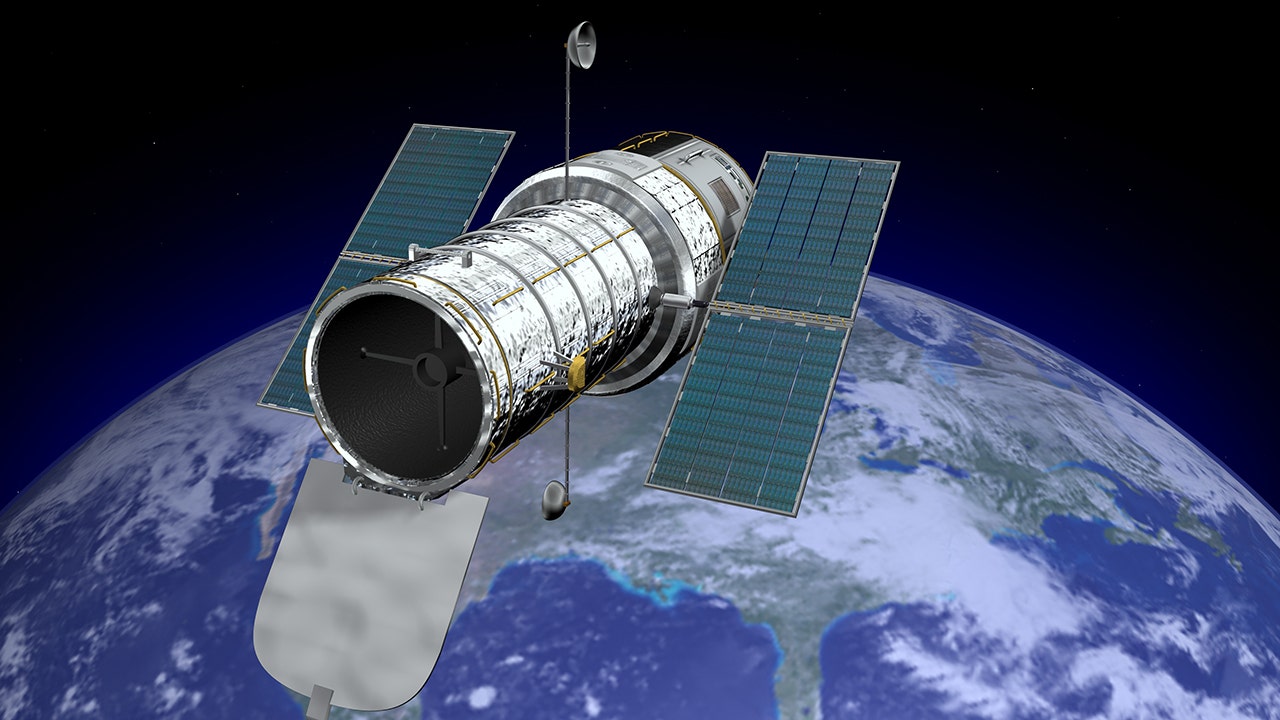One of the most significant contributions of the Hubble Space Telescope has been its ability to provide detailed images of distant galaxies. By studying these images, astronomers have been able to learn more about the formation and evolution of galaxies. For example, the Hubble has helped us understand the role that supermassive black holes play in the evolution of galaxies.
The Hubble has also been instrumental in studying the formation of stars and planets. By observing protoplanetary disks around young stars, the Hubble has provided us with insights into the early stages of planetary formation. Additionally, the Hubble has helped us study the atmospheres of planets outside our solar system, known as exoplanets.
One of the most iconic images captured by the Hubble Space Telescope is the Hubble Deep Field, which shows thousands of galaxies in a tiny patch of the sky. This image has provided us with a glimpse of the vastness of the universe and has helped us understand the distribution of galaxies in the universe.
In addition to its scientific contributions, the Hubble Space Telescope has also captured some of the most stunning images of the universe. From the Pillars of Creation in the Eagle Nebula to the Horsehead Nebula, the Hubble has provided us with images that inspire awe and wonder.
In conclusion, the Hubble Space Telescope has been one of the most important tools in our quest to understand the universe. Its contributions to our understanding of galaxies, stars, planets, and the universe as a whole have been invaluable. Additionally, the Hubble has provided us with stunning images that inspire us to explore the wonders of the universe.

